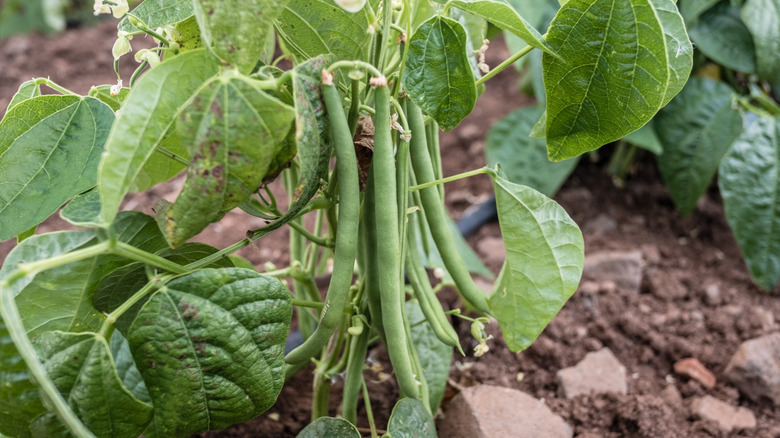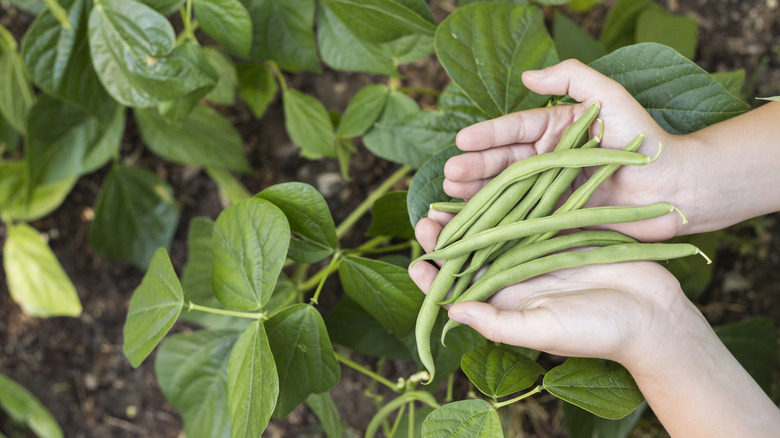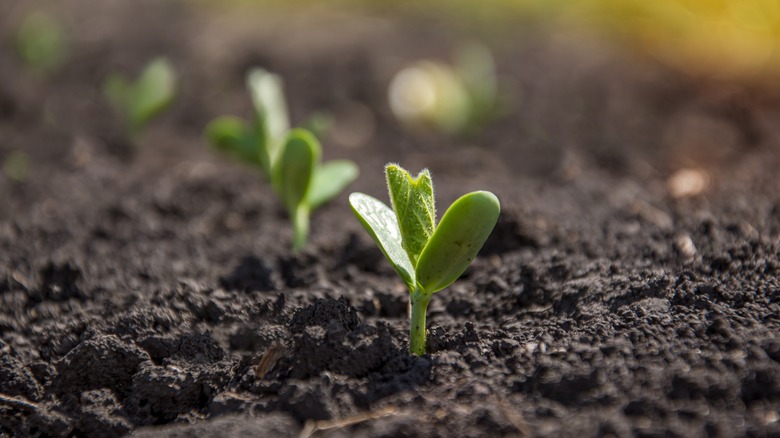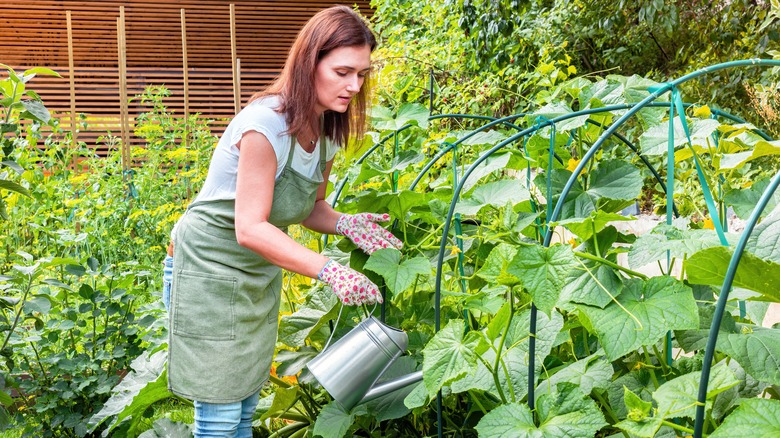What Is The Best Time Of Year To Plant Green Beans?
Green beans (Phaseolus vulgaris), popularly referred to as snap or string beans, are one of the most common edible pod bean options. This tender annual is common among home gardeners because it is not only easy to grow but also matures quickly, making them ideal for anyone with a fairly shorter growing season. According to the University of Georgia Gardening Extension, green beans come in three types: bush beans, pole beans, and half-runner beans. Nonetheless, the most popular varieties among home gardeners are the pole and bush types.
Regardless of the variety, the beauty of green beans is that they are heavy producers and easy to cultivate and care for. If you are thinking of planting green beans soon, you need to be aware that these vegetables are warm-season plants, and growing them at the right time is paramount. So, this begs the question, when is the best time of the year to plant green beans? Let's find out!
Planting information
Although green beans are relatively easy to plant, the only thing you need to get right is when to put the seeds in the soil. As mentioned earlier, they are warm-season crops and are pretty sensitive to cold. Consequently, the University of Illinois Extension recommends planting the seeds during spring when the frost has passed. Besides the soil temperature, green beans also do well when the air temperature is between 65 degrees Fahrenheit and 85 degrees Fahrenheit. It is also possible to grow green beans in fall, preferably 12 weeks before the first frost, per the Texas A&M AgriLife Extension.
However, if you want to harvest your green beans earlier or have a relatively short season, you can always start them early indoors to protect your plants from frost. While this might work, remember that green beans don't like being transplanted, so you will need to do it carefully to prevent the loss of roots. If you don't want to risk any damage to your seedlings, be sure to sow the seeds directly in the ground, preferably two weeks after the frost has passed.
Effect of temperature on green beans
As already established, putting the seeds in the soil at the right time is vital for the healthy growth of green beans. PlantVillage mentions that sowing the seeds in cold conditions not only slows down the germination process but also encourages seed rot. The University of Georgia Gardening Extension further advises that green beans should be sowed in soil temperatures of about 55 degrees Fahrenheit.
Another thing to note is that these crops are not frost-hardy by any measure; therefore, if you choose to grow them in the fall, you need to be aware that frost could kill your plants if not harvested on time. Although a lot of emphases is put on growing green beans in warmer conditions, this plant doesn't do well if the temperatures get above 85 degrees Fahrenheit. Green beans drop flowers if the temperatures are higher the recommended. This is quite common during the flowering stage, which is critical as it affects the season's yield.
Caring for green beans
Besides getting the temperature right, green beans are not so needy, making them a good plant for novice gardeners. While this is true, this plant requires some care and maintenance to ensure they grow healthy and produce enough yield. First, green beans should be planted in spots that receive plenty of sunlight, and they also do well in rich organic soil that is loose and well-aerated. Besides, you need to keep in mind that this plant will need proper hydration, particularly during the blooming and pod development phases.
Cornell University suggests providing your green beans with about 1 inch of water per week to keep the soil moist. Be sure to avoid watering the foliage to prevent rotting. Alternatively, you can water your bean plants in the morning to give the leaves enough time to dry if you spill some water on the foliage. With proper care and maintenance, your green beans should be ready to pick between 50 to 65 days, depending on the variety, notes the Missouri Botanical Garden.



